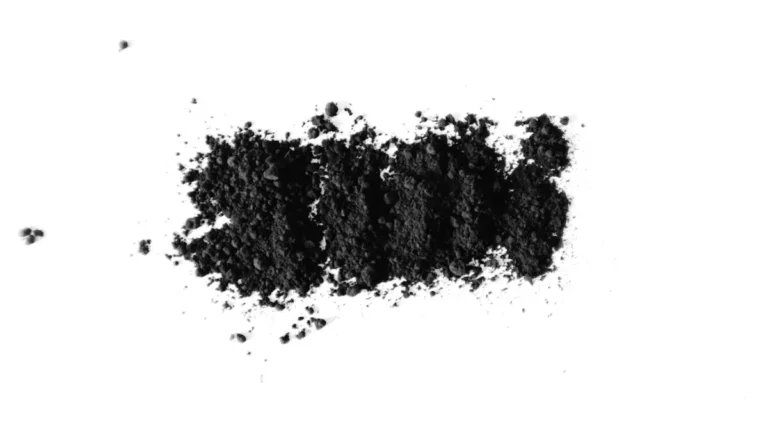Carbone attivo in polvere (PAC)
.webp)
Buy Powdered Activated Carbon (PAC)
Key Characteristics Of Powdered Activated Carbon (PAC)
Physical Properties:
- Fine particle size, typically ranging from 150 to 350 mesh
- High surface area, often exceeding 800 m²/g
- Low bulk density, usually between 220-550 kg/m³
Structural Features:
- Well-developed microporous structure
- High total pore volume
- Rapid adsorption kinetics due to small particle size
Chemical Properties:
- Low ash content, generally less than 5%
- Moisture content typically below 5-10%
- Adjustable pH value, commonly between 3-9
Performance Attributes:
- High iodine number, ranging from 800 to 1300 mg/g
- Methylene blue adsorption value between 100-230 mg/g
- Carbon tetrachloride activity (CTC) from 50% to 100%
Raw Material Sources:
- Primarily derived from coconut shells or wood
- Available in various grades, including wood-based phosphoric acid activated carbon
tipi di carbone attivo correlati

- Valore dello iodio: 700-1200 mg/g
- Superficie: 700-1200 m²/g
- Densità apparente: 320-550 kg/m³

- Valore dello iodio: 700-1200 mg/g
- Superficie: 700-1200 m²/g
- Densità apparente: 320-550 kg/m³

- Valore dello iodio: 700-1200 mg/g
- Superficie: 700-1200 m²/g
- Densità apparente: 300-650 kg/m³

- Valore dello iodio: 700-1200 mg/g
- Superficie: 700-1200 m²/g
- Densità apparente: 320-550 kg/m³

- Metodo di attivazione: Attivazione a vapore/gas ad alta temperatura
- Struttura dei pori: Dominata da microporosità, distribuzione uniforme dei pori
- Profilo ambientale: Senza sostanze chimiche, a basso contenuto di ceneri
- Applicazioni primarie: Adsorbimento in fase gassosa, purificazione dell'acqua potabile

- Metodo di attivazione: Attivazione chimica (ad es. H₃PO₄/ZnCl₂) a temperature moderate.
- Struttura dei pori: Ricca di mesopori, area superficiale più elevata
- Efficienza del processo: Tempo di attivazione più breve, resa superiore 30-50%
- Post-trattamento: Lavaggio acido necessario per rimuovere i residui

- Funzionalizzazione: Carica di agenti attivi (ad esempio, I₂/Ag/KOH).
- Assorbimento mirato: Maggiore cattura di inquinanti specifici (ad esempio, Hg⁰/H₂S/gas acidi).
- Personalizzazione: Ottimizzato chimicamente per i contaminanti target
- Applicazioni principali: Trattamento dei gas industriali, protezione CBRN
Vantaggi
High Surface Area
PAC offers an exceptionally high surface area, ranging from 800 to 1300 m²/g, providing superior adsorption capacity.
Versatile Particle Size
Available in various mesh sizes (150/200/300/350), allowing for customization to specific application requirements.
Low Ash Content
Consistently low ash content (<5%), ensuring high purity and minimal interference in treatment processes.
Customizable pH
Adjustable pH values (3-8 or 6-9) to suit different environmental conditions and treatment needs.
Excellent Adsorption Performance
High iodine value (800-1300 mg/g) and methylene blue adsorption (100-230 mg/g) indicate superior adsorption capabilities.
Diverse Raw Materials
Produced from various sources like coconut shells and wood, offering different characteristics to meet specific requirements.
Rapid Dispersion
Fine particle size allows for quick dispersion in liquids, enabling fast adsorption kinetics.
Applicazioni

Trattamento dell'acqua

Industria alimentare

Pharmaceutical Applications:


